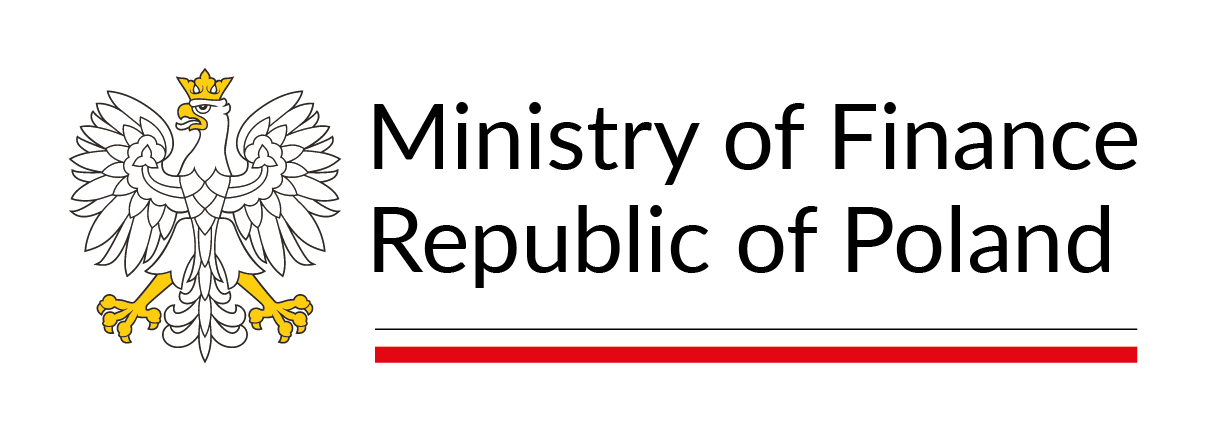S&P rating agency affirmed Poland’s credit rating
10.04.2020
- On 10 April 2020 rating agency S&P announced a decision about keeping Poland’s credit rating unchanged at the level of A-/A-2 for long and short term liabilities, respectively, in foreign currency, and A/A-1 for long and short term liabilities, respectively, in local currency.
- Rating’s outlook is stable.
S&P rating agency in its press release justifying the decision indicates i.a. diversified economy, educated workforce, manageable levels of public and private debt and relatively deep domestic capital markets that underpin Poland’s rating. According to S&P Poland's macroeconomic fundamentals remain strong, the economy is diversified and competitive and the exchange rate regime is floating.
The quarantine due to the COVID-19 will interrupt economic activity, resulting into the Polish economy contracting. However, the agency expects that the existing space for potential activities, including high monetary policy flexibility combined with a solid external balance position and fiscal space, will help alleviate this shock. Next year, S&P expects a strong economic recovery in Poland (real GDP growth by almost 5.0%), which will lead to an improvement in the fiscal situation.
Rating prospects
According to the agency, Poland’s rating could be raised if following a temporary growth shock, Poland's strong economic performance were to resume and boost its income levels without creating external imbalances. The agency could consider raising the rating if the new Employee Capital Plans boost private savings, hence reducing the government’s contingent liabilities related to the aging and declining working population. On the other hand, ratings could come under pressure if the economic downturn proved materially deeper and longer than projections, leading to the government's fiscal flows and stock position deteriorating far beyond expectations.
